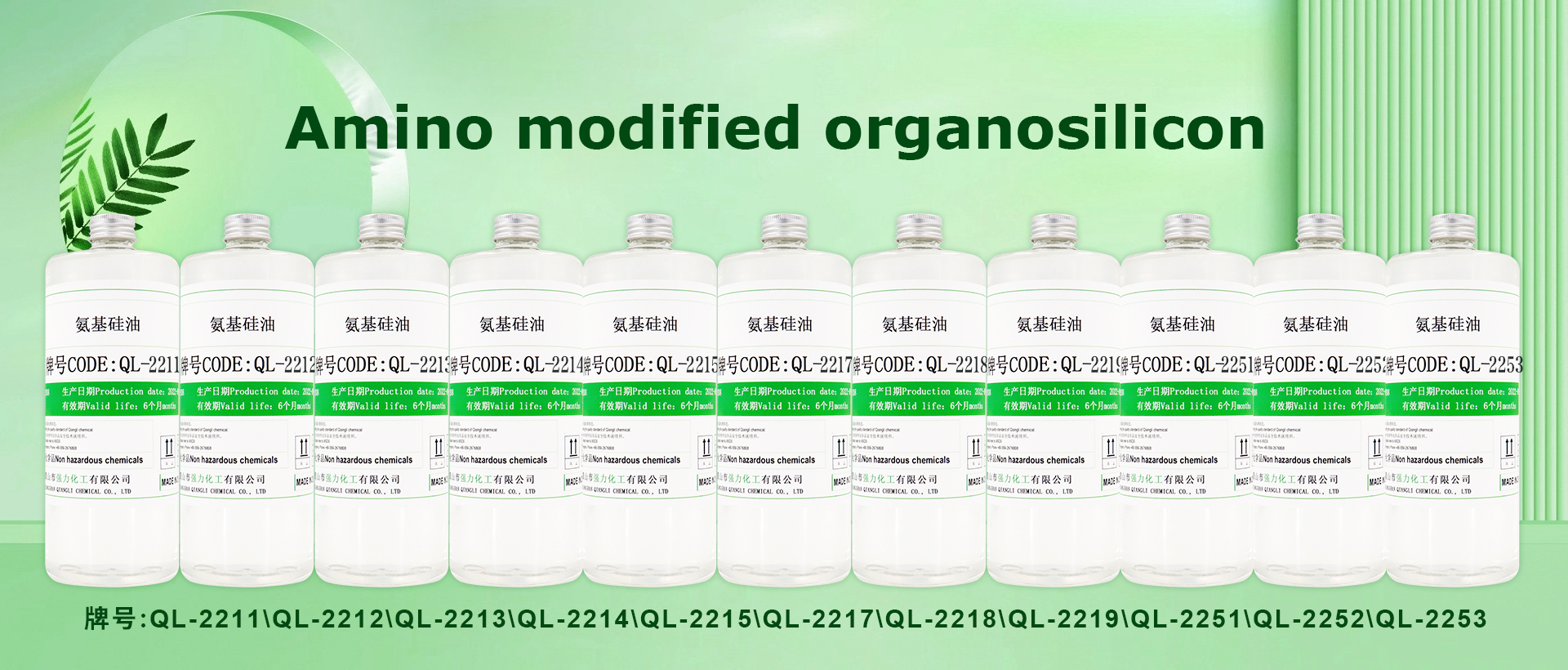The amount of amino silicone oil added in solvent-free resin systems is not fixed and mainly depends on the type of resin, target properties (such as smoothness, flexibility, surface tension adjustment), and the specific model of amino silicone oil (especially the amine value). The following is an analysis of reference ranges and influencing factors in common scenarios:
I. Reference amounts for different types of solvent-free resins
-
Solvent-free epoxy resins
Commonly used in adhesives, anti-corrosion coatings and other fields, amino silicone oil is mainly used to improve the surface smoothness after curing, reduce the friction coefficient or enhance weather resistance.- Reference addition amount: 0.1%~1.0% (relative to the total mass of the resin).
- Reason: Epoxy resins have strong polarity, and amino silicone oil (containing amino polar groups) has moderate compatibility. Excessive addition may easily lead to phase separation, which in turn affects adhesion or mechanical strength.
-
Solvent-free polyurethane resins
Mostly used in elastomers, coatings or adhesives, amino silicone oil can adjust surface gloss, improve scratch resistance or enhance release properties.- Reference addition amount: 0.3%~3.0% (relative to the total mass of the resin).
- Reason: Polyurethane has moderate polarity and good compatibility with amino silicone oil. The addition amount can be appropriately increased to enhance flexibility or surface functions, but excessive amounts (such as more than 5%) may lead to a decrease in the mechanical properties of the coating/adhesive layer (such as reduced hardness and insufficient tensile strength).
-
Solvent-free unsaturated polyester resins
Commonly used in fiberglass, molding compounds, etc., amino silicone oil is mainly used to reduce friction resistance during molding or improve surface smoothness.- Reference addition amount: 0.2%~2.0% (relative to the total mass of the resin).
- Reason: Unsaturated polyesters have a high cross-linking density after curing, and excessive amino silicone oil may hinder the cross-linking reaction and affect the degree of curing.
II. Key influencing factors
-
Amine value of amino silicone oil
- High amine value (e.g., 0.6~1.0 mmol/g): High amino content, stronger reactivity or compatibility with resins. A small amount of addition can achieve surface modification effects, usually recommended 0.1%~1.5%.
- Low amine value (e.g., 0.1~0.3 mmol/g): Weak polarity, more inclined to physical adjustment (such as smoothness), requiring a slightly higher addition amount (1.0%~3.0%), but attention should be paid to compatibility issues.
-
Target performance requirements
- If only slight adjustment of surface tension (such as leveling) is needed: an addition amount of 0.1%~0.5% is sufficient.
- If significant improvement in flexibility or smoothness is required (such as in release agent scenarios): it can be increased to 1.0%~3.0%.
- If both adhesion and surface properties need to be considered: it is recommended to control it at 0.5%~2.0% to avoid excessive amounts leading to a decrease in interface adhesion.
-
System compatibility
Solvent-free systems have no diluents. If amino silicone oil has poor compatibility with the resin, excessive amounts may easily cause "oil bleeding", "stratification", and even affect the mechanical properties after curing (such as coating brittleness and adhesive layer cracking). Therefore, it is recommended to conduct a small test (such as a compatibility test at a concentration below 5%) before adding.
III. Practical suggestions
- Stepwise experimental adjustment: Start with a low addition amount (e.g., 0.1%), gradually increase (adding 0.2%~0.5% each time), test properties (such as surface tension, adhesion, flexibility, scratch resistance), and determine the optimal value.
- Cooperate with dispersion process: Solvent-free systems have high viscosity. Amino silicone oil needs to be dispersed by high-speed stirring (e.g., 1000~2000 rpm) or grinding to ensure uniform dispersion and avoid local excess.
- Refer to supplier recommendations: Amino silicone oils from different manufacturers (such as molecular chain length, modified groups) vary greatly, and priority should be given to following the technical manuals provided by them (which usually indicate the recommended addition amount for solvent-free systems).
Summary
The conventional addition range is 0.1%~3.0%, and most scenarios are concentrated in 0.5%~2.0%. The core principle is: on the premise of meeting the target performance, reduce the addition amount as much as possible to avoid negative impacts on the resin's bulk properties (such as mechanical strength, adhesion). The optimal value must be determined through experiments combined with specific formulations and processes.




